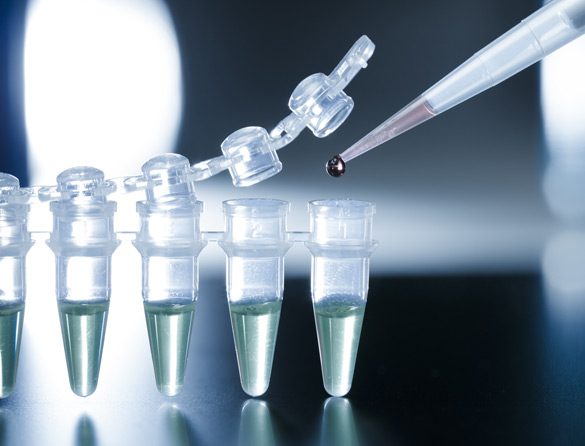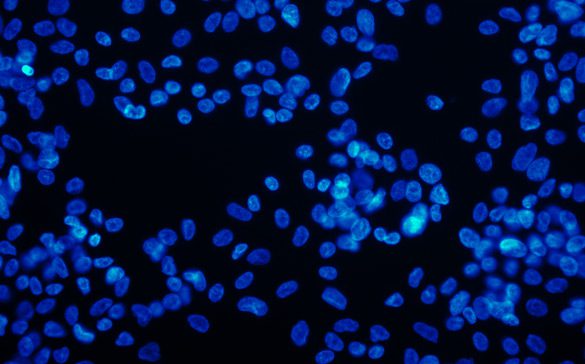Nearly a million lumbar discectomies and spinal fusions are performed in the United States. While many patients experience relief with such procedures, the root cause of the pain isn’t always fully treated. For this reasons, more patients are exploring regenerative treatments as an alternative to surgery and a possibility for relief. Stem cell therapy is one such option that’s being used to repair damaged tissues in joints and parts of the spine.

What Are Stem Cells?
Stem cells are very basic cells (undifferentiated cells) that haven’t yet become specialized for a specific purpose. Therefore, these undefined stem cells can be placed in an area where new cell growth is needed to repair tissue damage. Stem cell therapy is used to heal tissues in joints and the spine are typically adult stem cells taken from the patient’s own body. The cells are usually obtained from fat cells or the hip bone.
How Stem Cell Therapy Works
Collected cells are mixed (centrifuged) to separate the cells likely to help with tissue healing. A continuous X-ray (fluoroscopy) or ultrasound is used to ensure correct needle placement. The mixture (bone marrow aspirate cellular concentrate) is injected into the affected joint or area of the spine. The stem cells then stimulate regrowth (regeneration) of healthy tissues.
Use in Joints and the Spine
Stem cell therapy is becoming an increasingly common procedure to treat many different conditions, including osteoarthritis affecting knee, hip, shoulder, and ankle joints. With shoulders, stem cell therapy has been used to treat partial rotator cuff tears affecting the ball-and-socket shoulder joint’s (glenohumeral joint) range-of-motion. For spine-related conditions, stem cell therapy is being studied for use in patients with low back pain due to disc damage. The therapy is also being used to:
- Facilitate healing after spine surgery
- Heal meniscal (cartilage) tears in knees
- Ease spinal facet joint pain
- Treat chronic nerve pain (radiculopathy)

What It Means for Patients
For patients who respond well to stem cell therapy, it could mean that surgery is no longer necessary to correct damage to the spine or joints. A reduction in pain may also make it easier for patients to participate in physical therapy to further strengthen supporting muscles, tendons, and ligaments. Additional stem cell therapy benefits may include:
- Naturally repairing damaged spinal discs
- Preventing further disc degeneration
- Restoring the full function of joints
Follow-Up Care and Treatment
There may be some pain around the injection site, but it’s usually minimal and goes away within a day or two. Some patients respond well to a single injection while others may need subsequent injections to encourage further healthy tissue growth in joints and the spine.
More research is needed to determine the long-term effectiveness of stem cell therapy for joint and spine pain. However, it’s a solution that has already produced encouraging results for many patients. Risks are minimal and there are no issues with allergic reactions since a patient’s own stem cells are used. Benefits from the procedure are typically noticed within 2-3 months after therapy, although some patients report positive results sooner.
